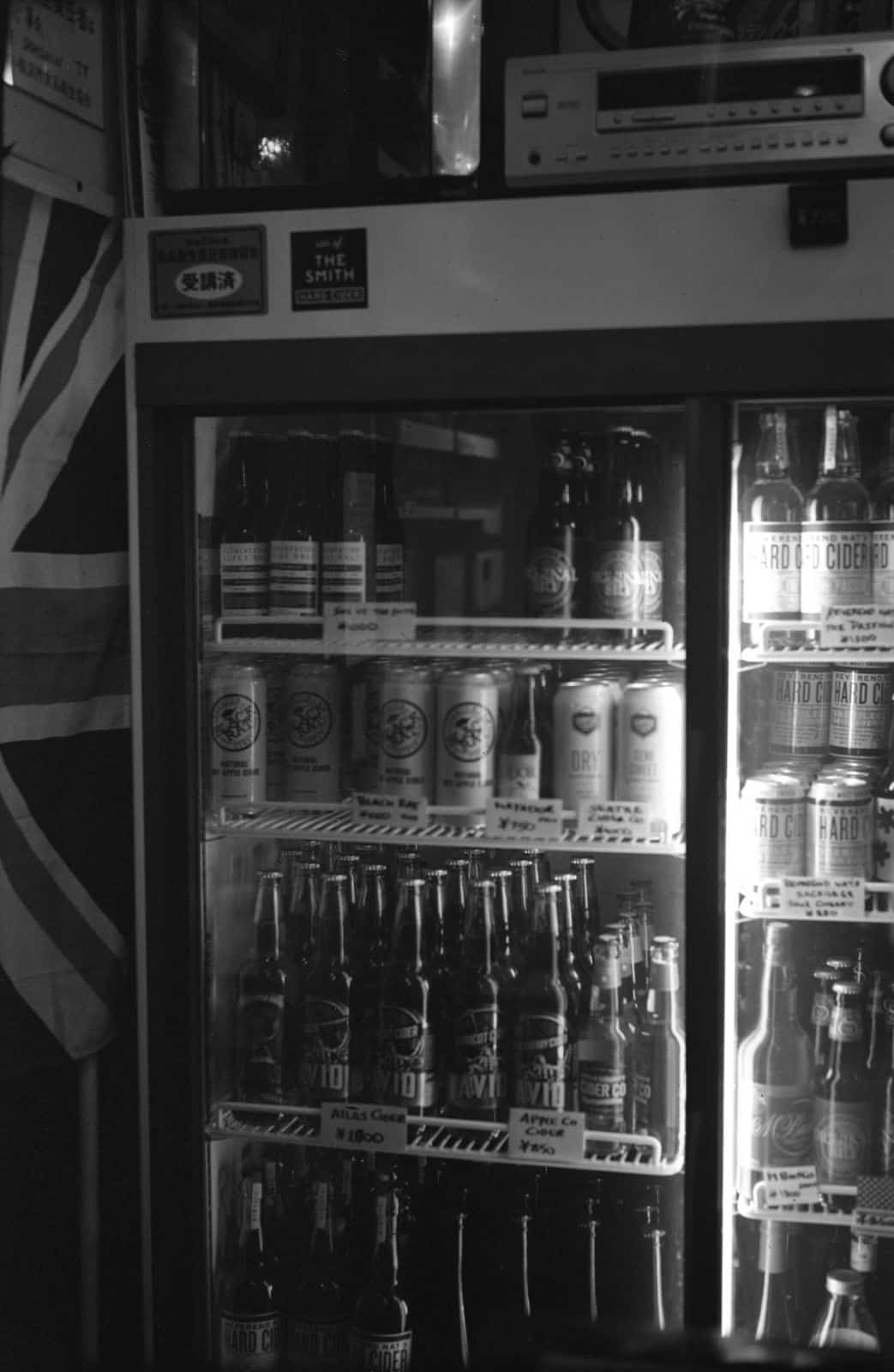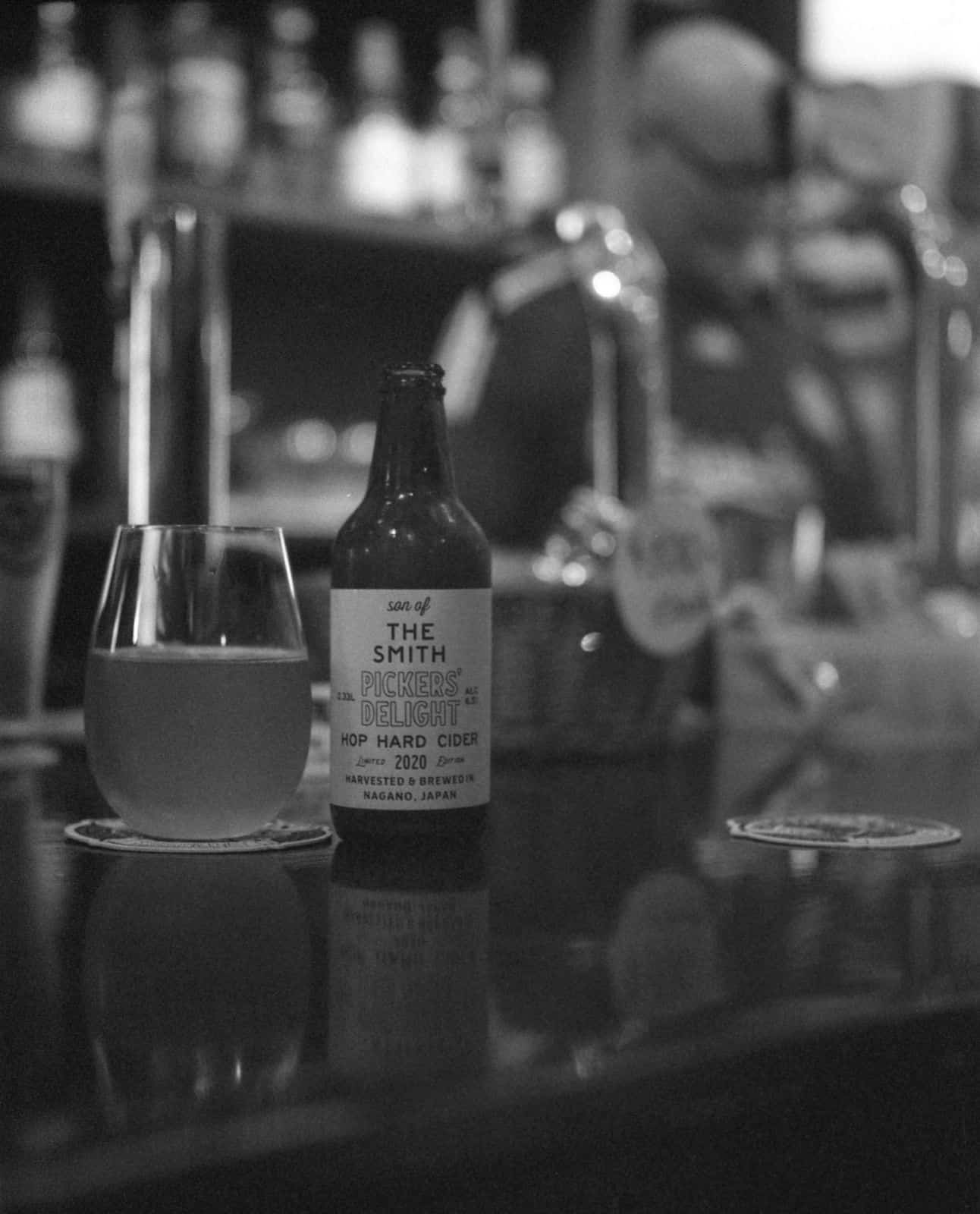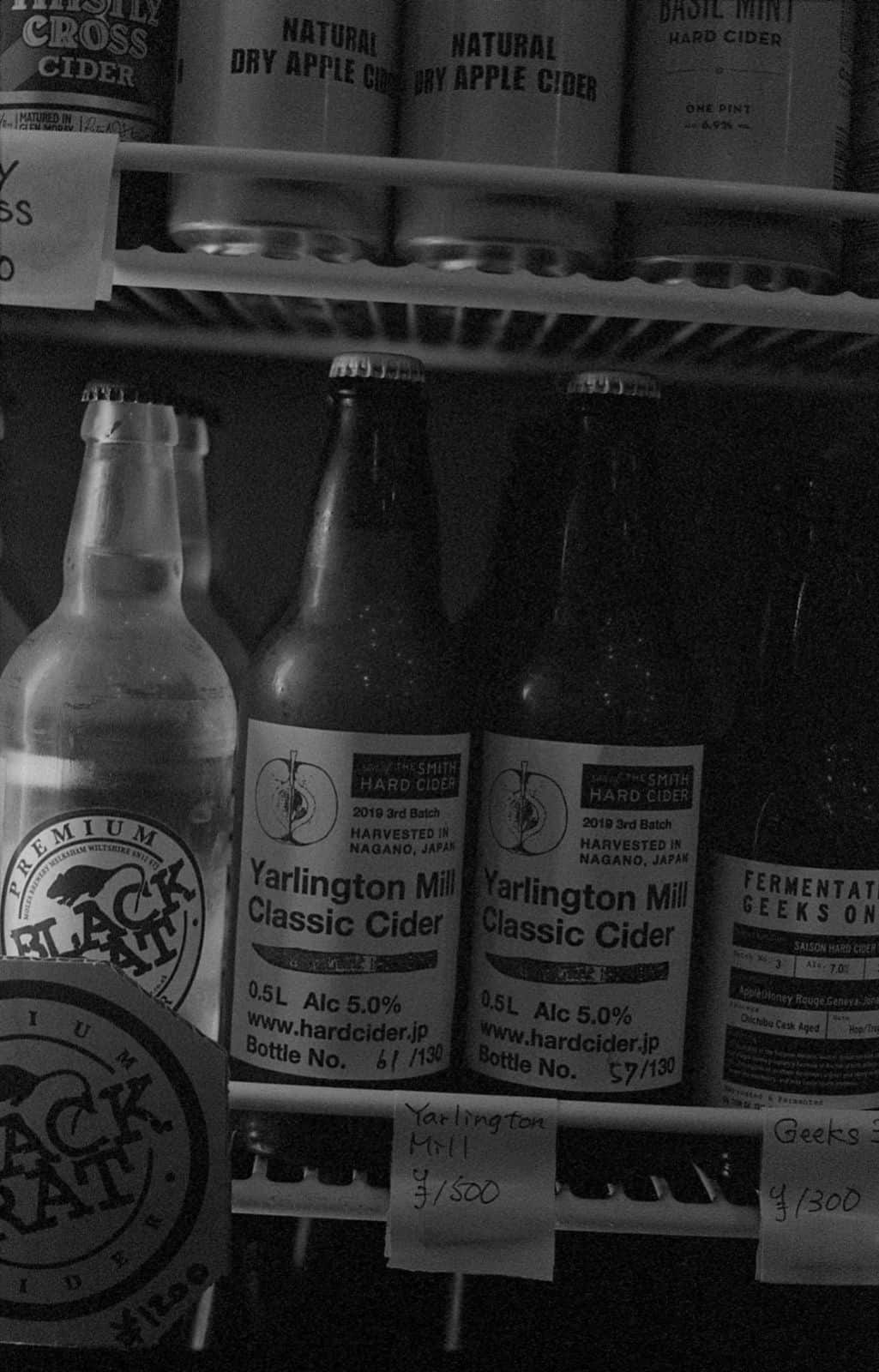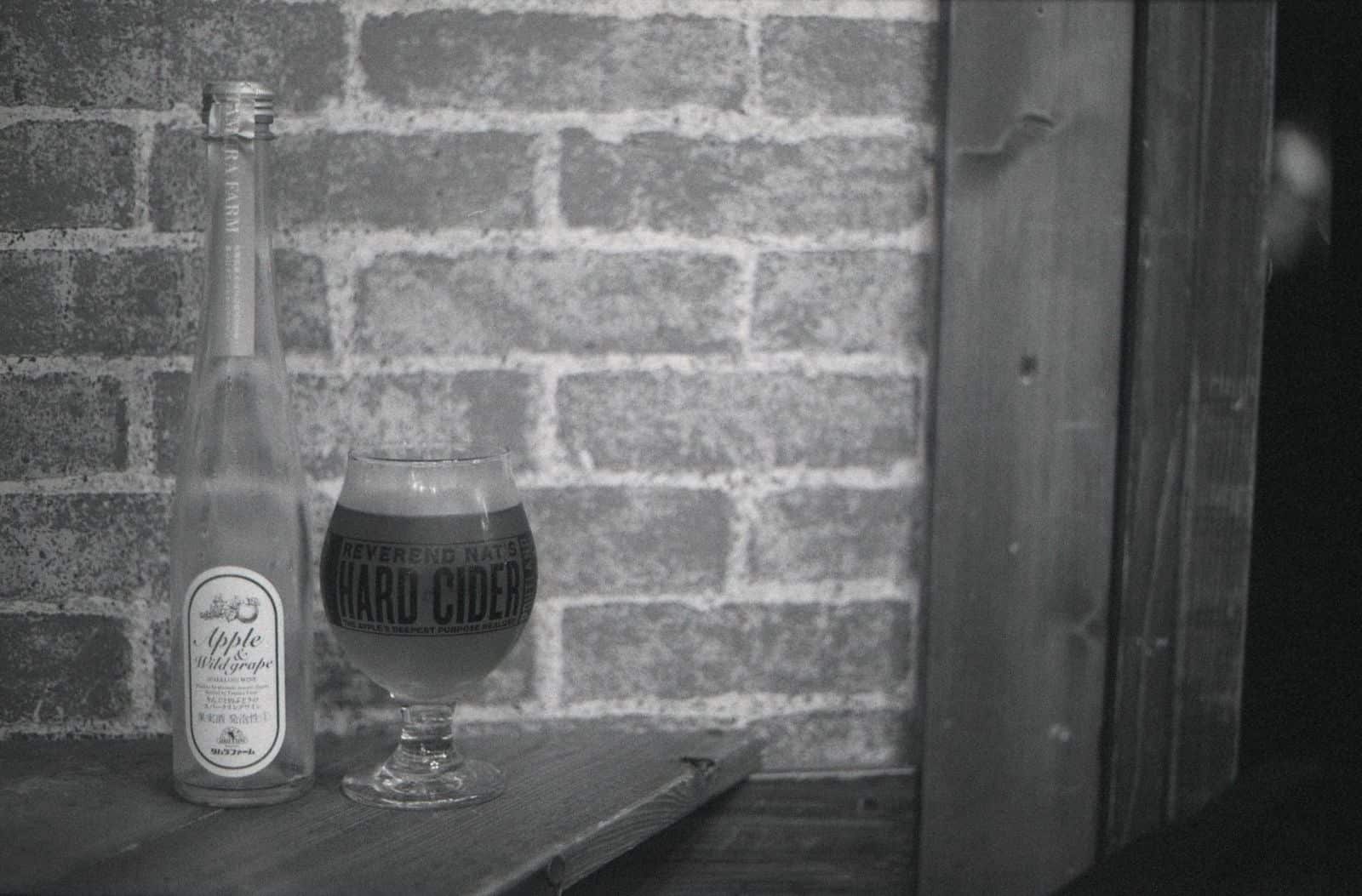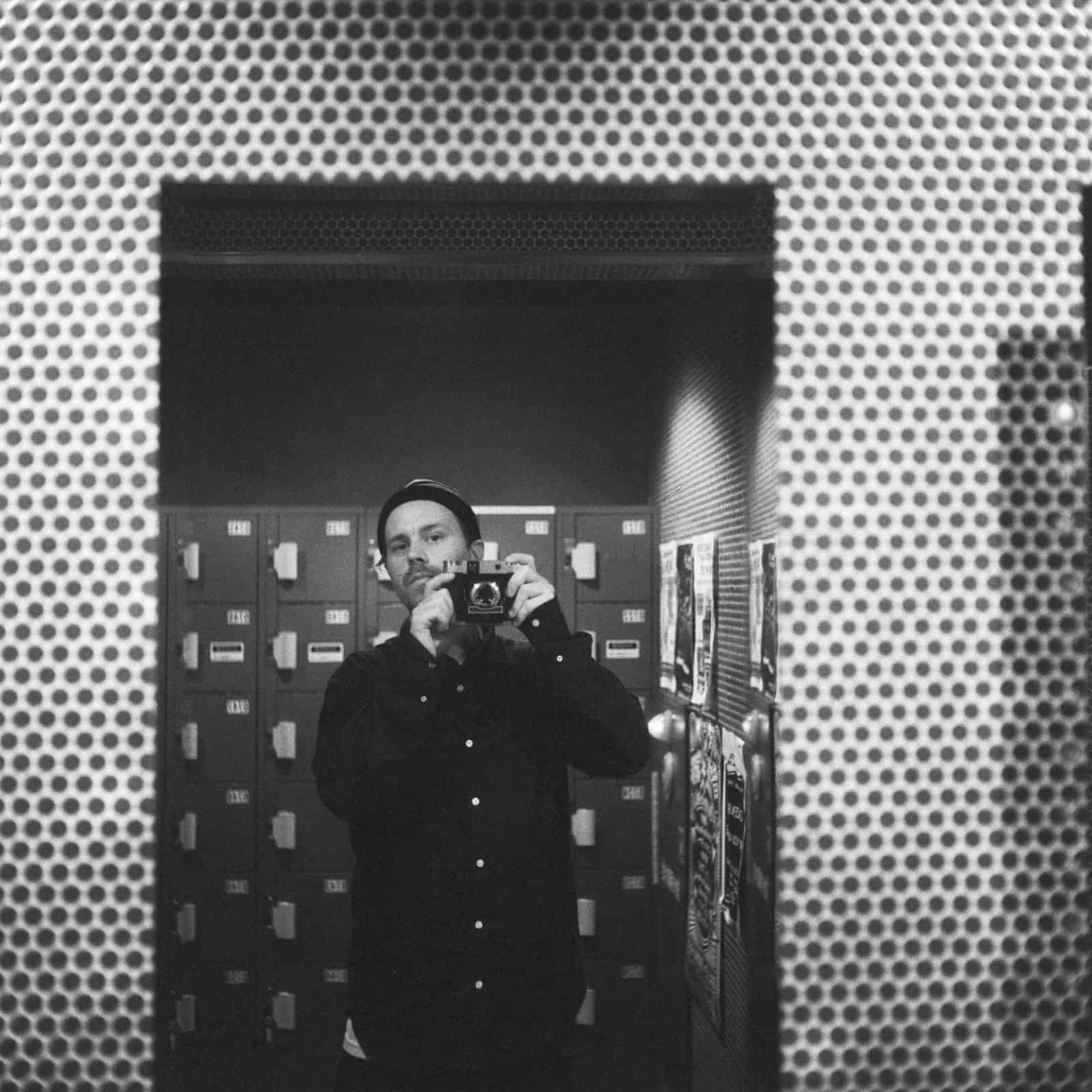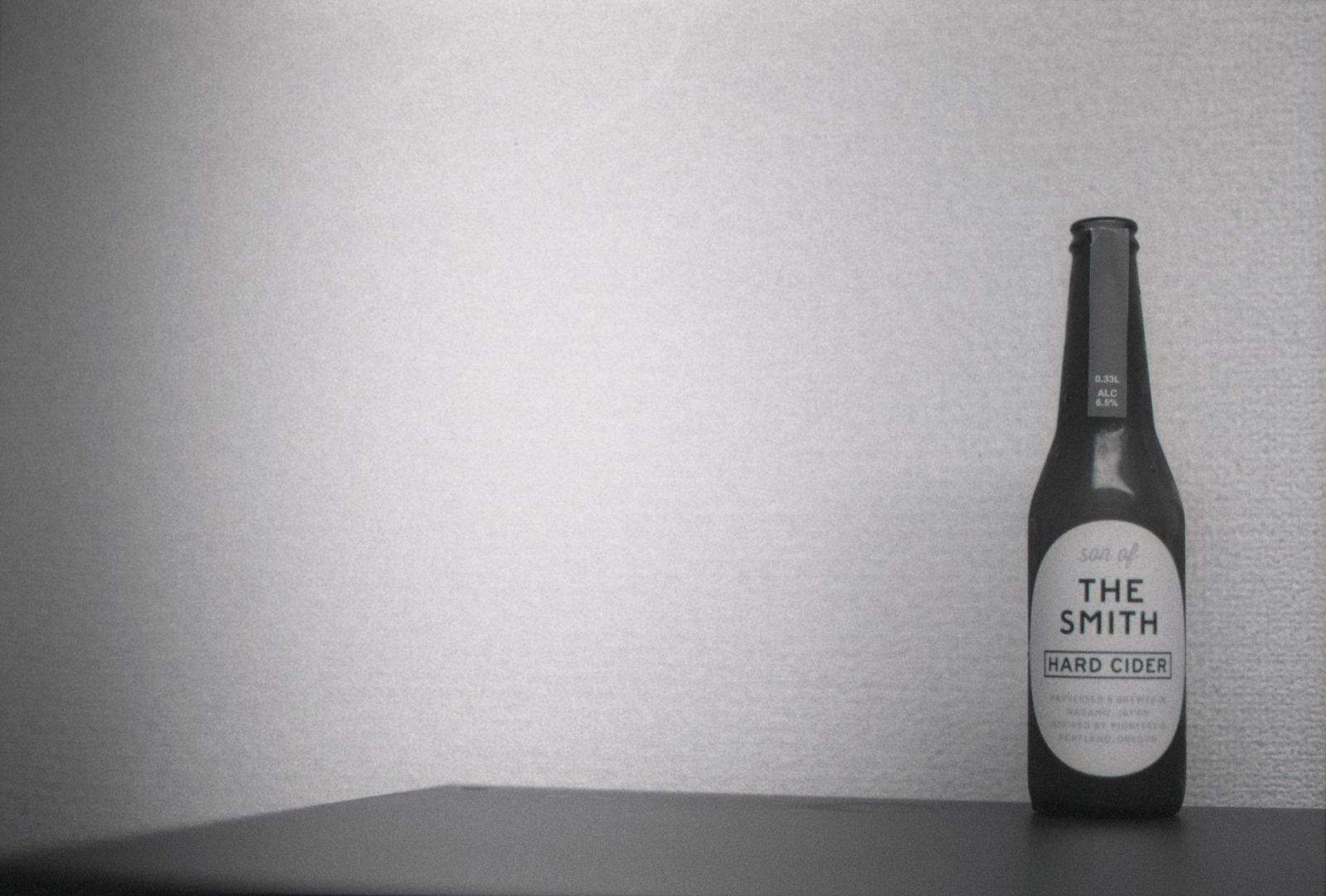When your Instagram feed is as cider-focused as our is, during a typical scroll-through, you’ll see a lot of cider: pretty cider bottles on a table, cider in the wild (you know, those shots of cider cans on a kayak or on top of a mountain), cider in production, cider in the orchard … you get the idea. We love seeing folks from all across the world document their shared love of cider, but sometimes, the photos can blend into each other a bit.
That’s why the photos from photographer Jay Revelle stopped us in our tracks. Under the project name, CIDER ON FILM, these black-and-white photos stand out starkly against all the other cider pics we usually see. These photos are less like quick snaps and more like … portraiture.
https://www.instagram.com/p/CEguUmvp0t0/
The reason for this aesthetic difference, we soon realized, was not a filter or set of fancy pre-sets. It’s because Revelle, who is an accomplished artist and curator at Film Photographic, shoots these images on classic film cameras on photographic film hand-developed in traditional photochemicals. Yes, like an actual camera, with film developed in a dark room! In this era of all digi-everything, it can be hard to remember that this older technology is still being used by some artists.
We were intrigued and wanted to learn more, so we reached out to Revelle, who was kind enough to share his story, and a generously loaded file of gorgeous cider photos, with us.
Cider Culture: How long have you been a cider lover? Any first memorable experiences that turned you onto this wonderful beverage?
Jay Revelle: I’ve been a cider lover since about 2014. This was around when the craft beer revolution was reaching its crescendo in Japan, and an epicenter of that was/is Yokohama, which is near where I live. So, the Yokohama streets were my regular stomping grounds. There were a lot of new craft beer places opening up at that time, and there is one area there that is still just filled with them. It’s great. However, luckily for my eventual run-in with cider, there was also a very special British pub situated in that same area, and despite it also being part of the craft beer circuit, it was also already home to a new kind of cider ground-zero in Japan. I’m sure you’ve heard of it: Full Monty British Pub and Cider House.
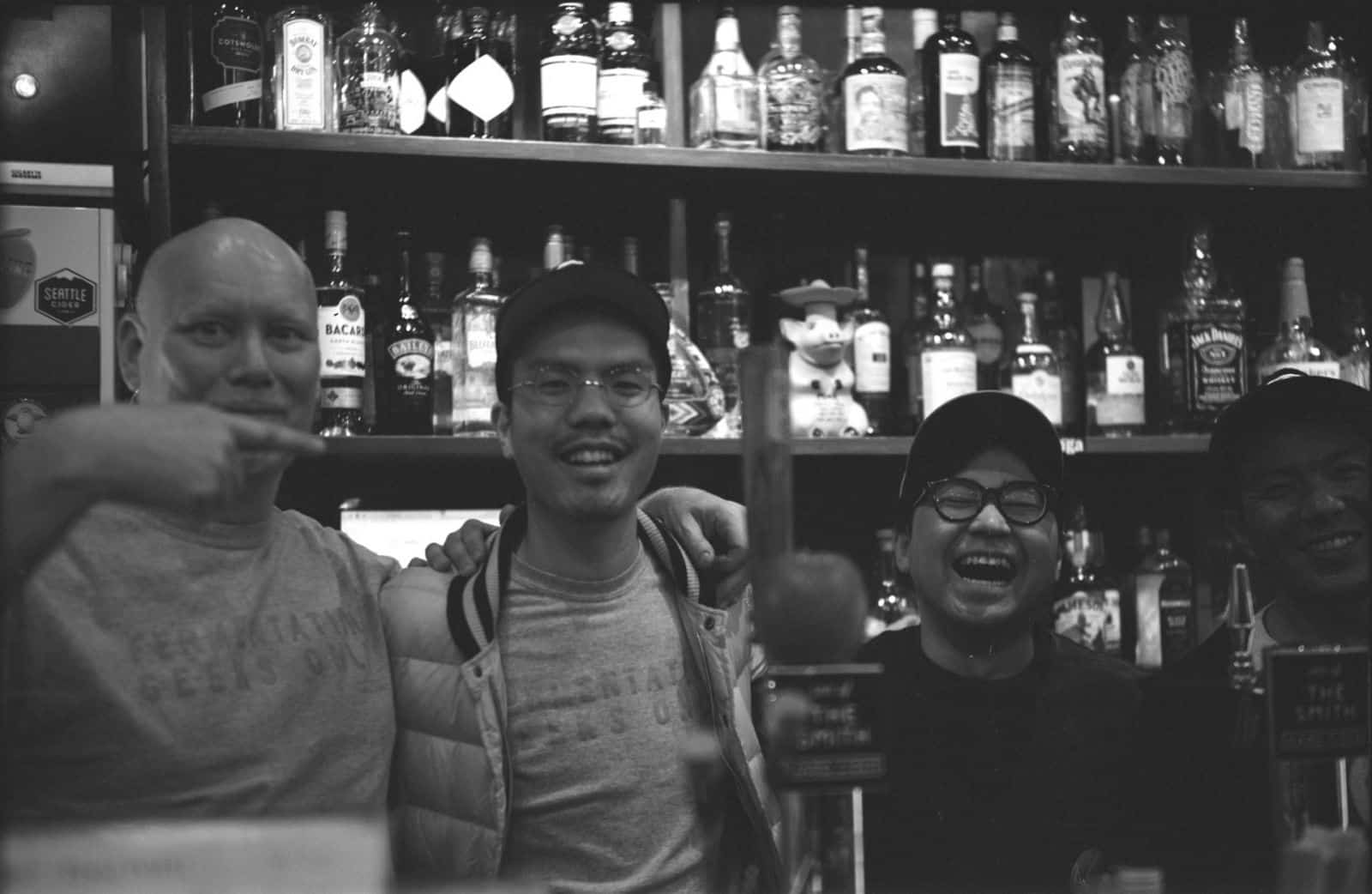
That is where my experience with cider began. Despite being Canadian, my first cider experience was not in the Commonwealth, and my first bangers and mash was in Japan, at Full Monty! My first curries were in Japan. I was starting to realize that a lot of things from Britain just simply didn’t make it over to Canada during colonization. So, Japan is where my cider awareness began. Unfortunately though, I don’t remember when or what my first real cider at Full Monty was. I wish I knew. During that time, my craft beer wanderings moved to mostly cider selections at Full Monty, and now of course it’s only cider all the time, every time.
Full Monty truly is home to Japan’s best cider selection, and I have been so lucky to have become friends with owners Clive and Kae. Full Monty is my home away from home.
How did the CIDER ON FILM project get started? Give us the whole backstory!
CIDER ON FILM is simply the fusion of two of my passions: cider and film photography/classic cameras. It’s 100% for fun. The goal is to enhance my enjoyment of both by connecting them. By 2014, I was shooting/developing and doing darkroom printing quite heavily. There is a public rental darkroom right near Full Monty, and a normal Saturday would be to hit the darkroom all day, and then hit up Full Monty to relax the night away. As I was spending more time at Full Monty after the darkroom, growing my cider awareness more and more as well, I would always have my cameras with me, and it wasn’t long before the cameras would come back out of the bag for more photography, this time of cider.
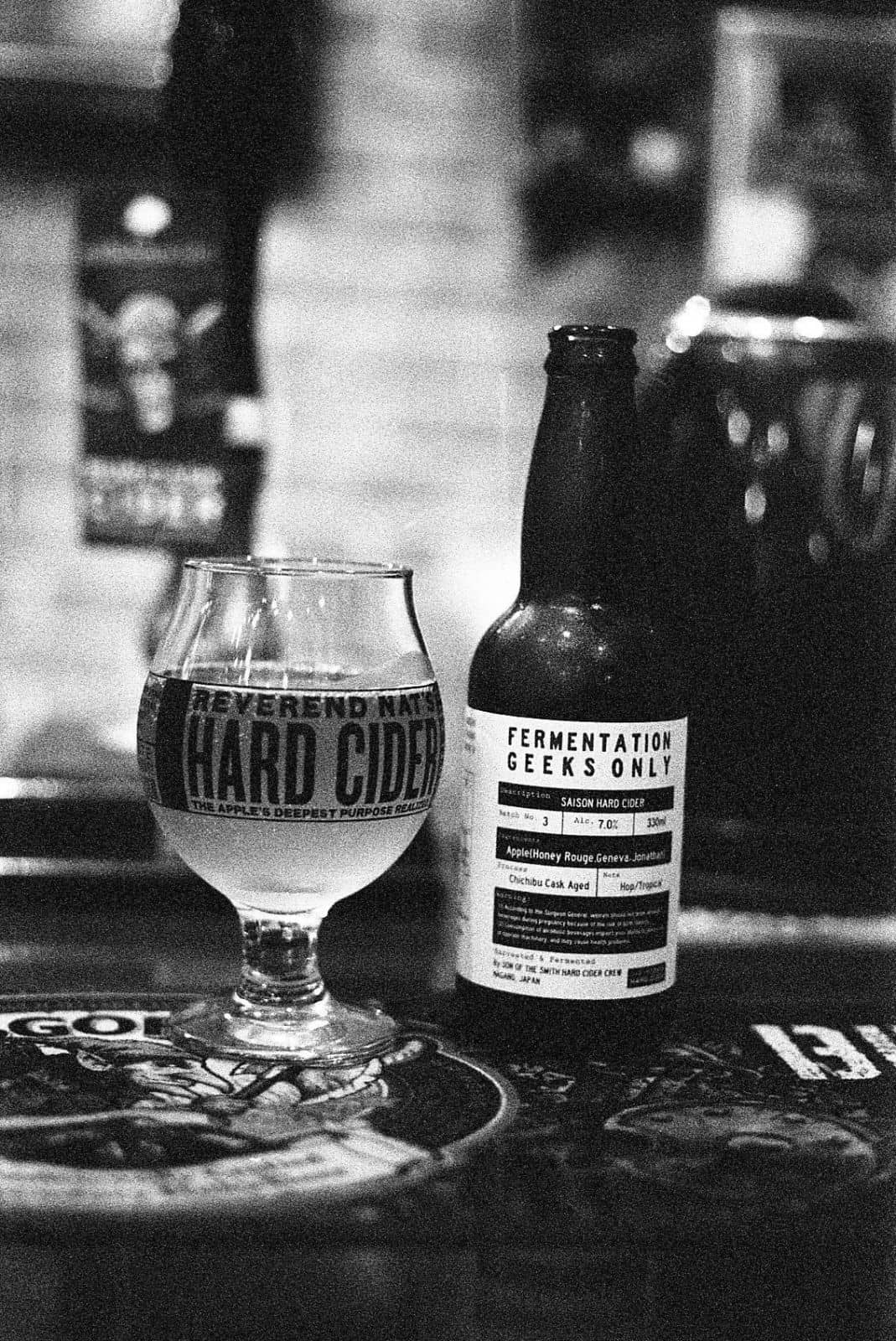
Plus, classic cameras are so cool in the sense that they have their own charisma — tons of it. I never assumed that people would be as excited as they are to see them, always asking questions about them. They are great conversation-starters. Then, add cider to the mix. That just made a CIDER ON FILM idea so natural. Hanging out with classic cameras, film, and cider just seemed to click. And with cider’s history and tradition, it feels like cider has something in common with classic cameras and film photography, this sort of romantic, old-timey craftwork.
And even though classic cameras are old and have largely been forgotten, that classic character makes them new again in people’s eyes, and cider is also somewhat newly in focus, as well, so it feels like a match.
How has the project progressed since then?
By around 2016, Clive and Kae at Full Monty were so kind as to invite me to their cider-related events, and the film shooting just continued. Some of these early film pictures made it out into the public sphere via other vehicles, like a blog-like thing I was doing called “Japan Cider Life.” But it all really crystalized for me when I conceived the idea of CIDER ON FILM in late 2019. My thing is classic cameras, film, and cider, so I decided to focus solely on that. That’s what it should be. It’s simplified and boiled down, the essential elements only. I kept the idea on the burner for about half a year as I mapped it all out. Then, I launched it just this past August 2020. So, while it’s new, its heritage does go back quite a few years. Already I have a huge catalogue of film pictures, and it grows tremendously, month by month. If I’m drinking cider, you can bet that I’m shooting it at the same time.
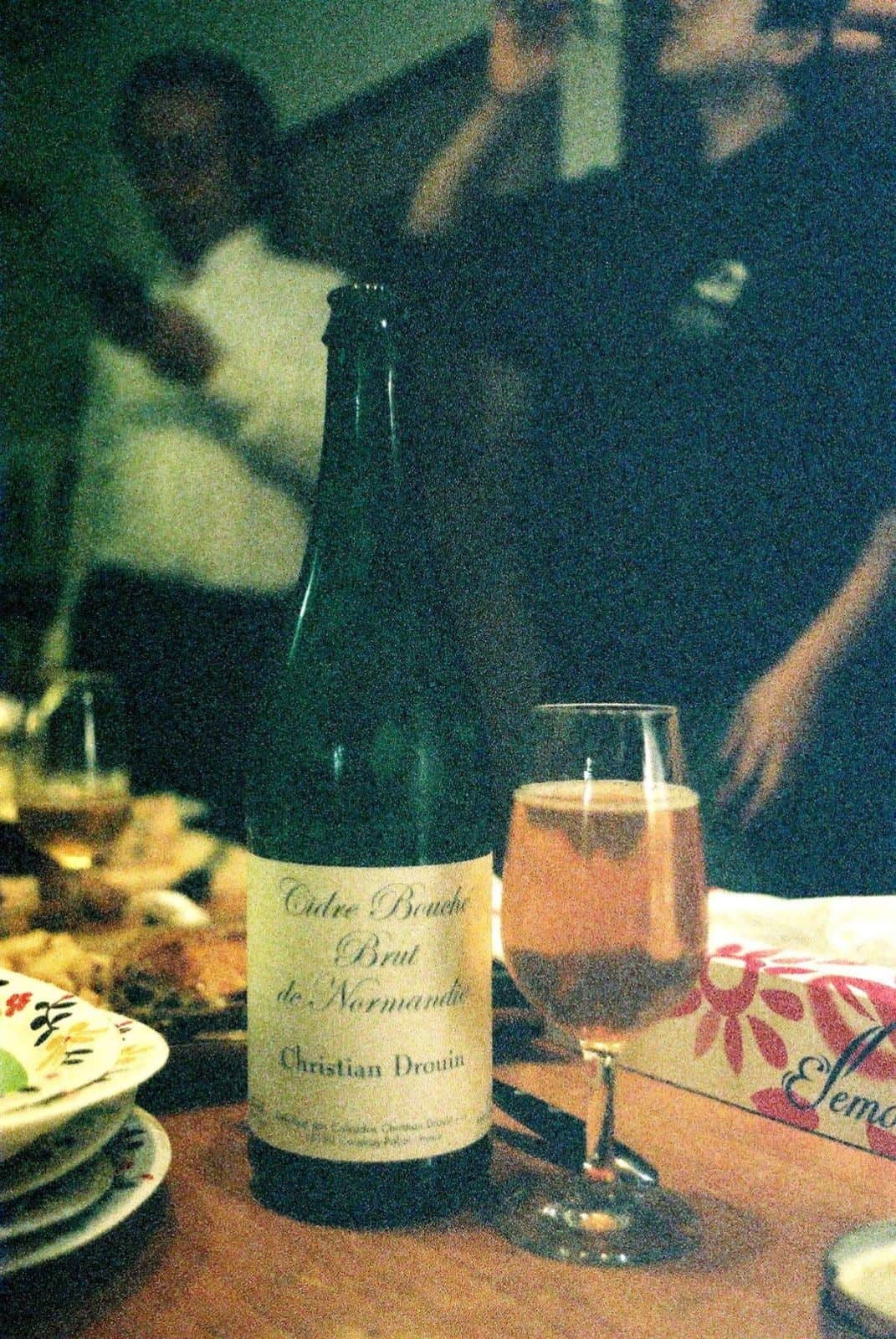
Where/when did you learn to develop film?
I’ve been shooting film since the 1990s. Of course, back then, film was all you had. I used to do a lot of darkroom printing, but I hadn’t yet learned developing at that time. In 2013, I took it all back up with a vengeance. I had no plans to self-develop. However, the need to do so arose because the way that I was shooting (in this case, nighttime landscapes) was so unconventional that film labs wouldn’t develop my film according to my specs, because said specs were so outside the norm that the labs couldn’t guarantee quality. So, I had to learn to do it myself so that I could allow for full experimentation.
Once that happened, the floodgates opened. It was just full experimentation, trial and error. I eventually got it how I wanted it, and now I do everything myself for ease and convenience. But it should be stated that a full darkroom setup is only necessary for making darkroom prints. For film development, you only need a light-sealed room to load a film canister. Once the film is in a canister, photochemicals can be added and drained out in any normally lit room because the canister is light-sealed.
What do you hope to accomplish with CIDER ON FILM?
The goal for me is simple: Have fun! Nothing else. It really is just a romance. CIDER ON FILM is just such a great avenue for me to enjoy cider and film/classic cameras. However, secondary could be: Can CIDER ON FILM add some kind of value to the world of cider? It would be an extreme honor if it could.
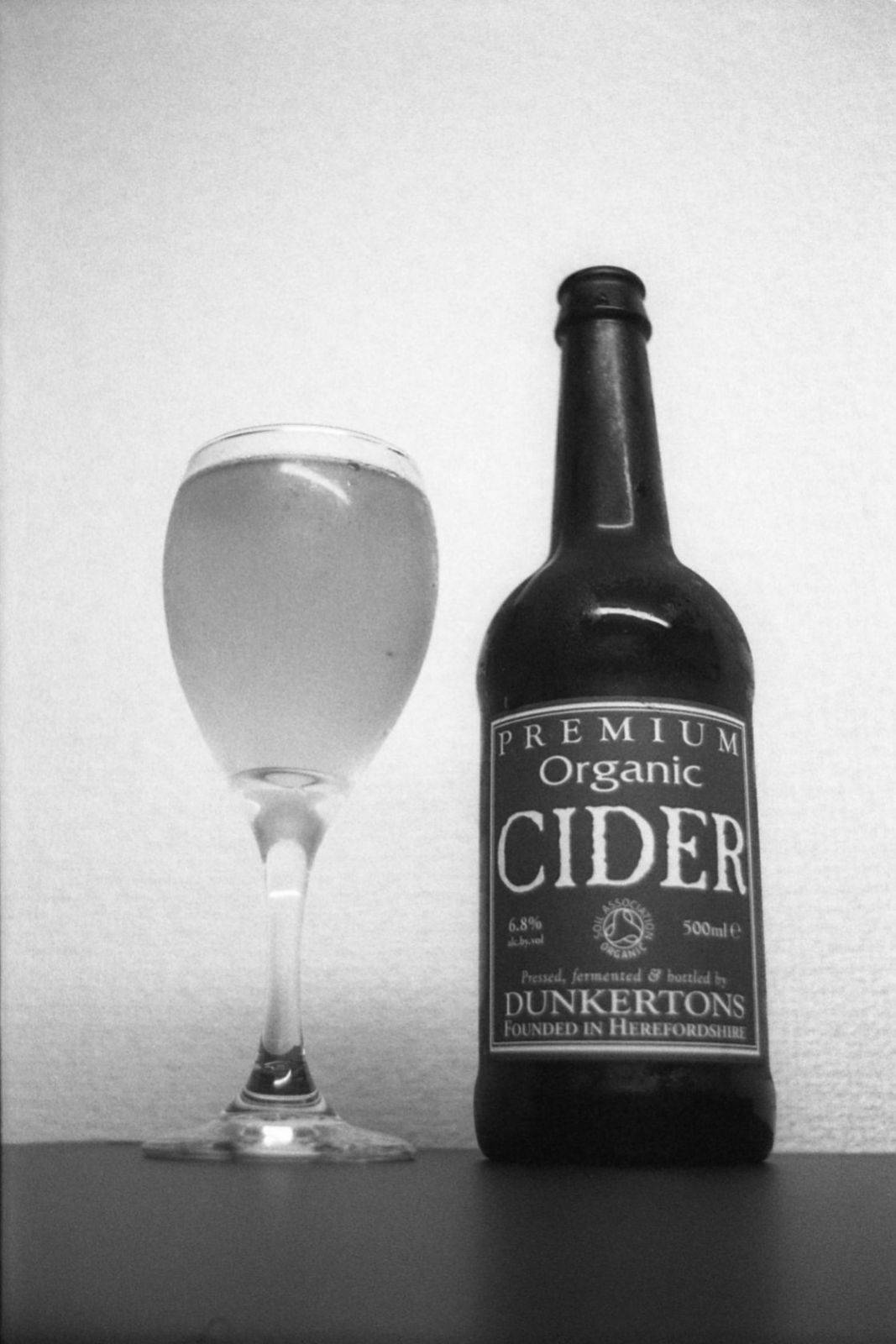
Marrying the romance of cider with that of film could be a great way to add some new value, because I feel that there is something uniquely beautiful about film as a visual expression, and I would love to superimpose that beauty onto cider. I feel that when you single things out and shoot them on film, with all the craftwork involved in making a picture on film, all the steps, in some way you can infuse added value into the subject.
Unlike the trillions of smartphone snapshots that exist out there, and not to take anything away from them, with film there is a negative — a physical aspect. And in shooting that, one has decided to invest time and money because you think that what you are shooting is something very special. Otherwise, why would you spend such time and money on shooting it? In that sense, it’s a fine art. It’s the fusion of a fine art into cider.
CIDER ON FILM is about recognizing how amazing cider is, but in my own way. And, the resulting work is a physical piece of film that is not reproducible. It’s a one-off. Of course, whether it can all be deemed “good” or “quality” as art, is debatable — it’s art. Totally subjective. But, as it’s been said, art is indeed a “lie that tells us the truth,” and the truth is that cider is special to me.
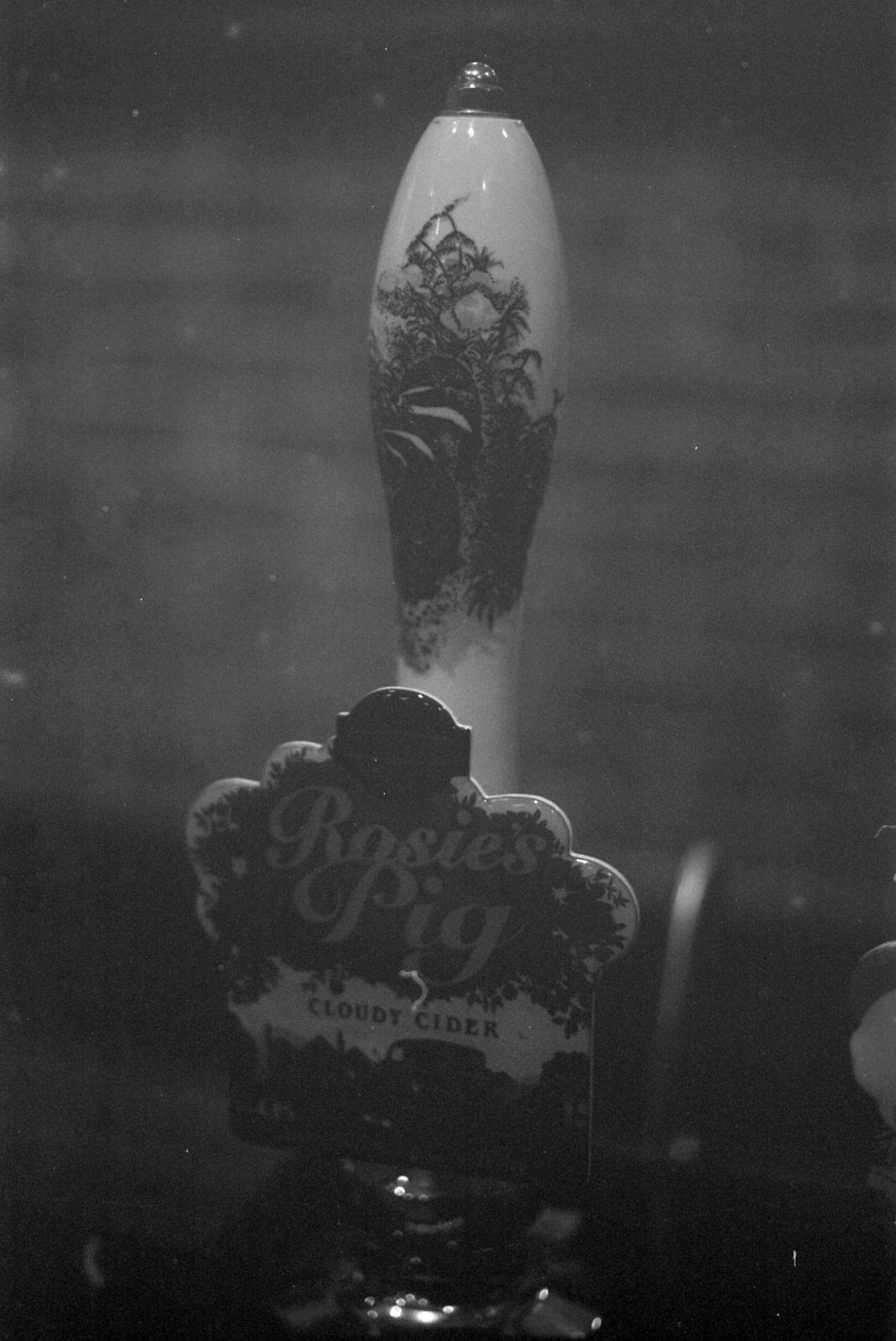
And there are other possibilities, which are exciting to me as well, such as imagining collaborations with others. It would be great to do product collaborations, promotions, darkroom print series, classy photobooks or simple zines, or darkroom print exhibitions, either in collaboration with others or independently. In the end, it just satisfies my creative juices so well. Conversely, it would be easy to do CIDER ON FILM completely by myself, completely in isolation. But I don’t believe in isolationism. Humans are meant to join in groups and prosper when doing so. So, you could say that the secondary goal of CIDER ON FILM is to contribute to a group in a meaningful way by expressing something and hopefully adding something of value for group benefit.
Are you a photographer by trade? Tell us a little bit about yourself!
Not really, but sort of. I had been shooting film throughout the 90s, but it was not very serious. I then took a hiatus until about the early 2010s, at which time an acquaintance of mine, actor Jason Lee, (perhaps best known for the lead role in the “My Name is Earl” TV series), who is now a very well-established film photographer, started coaching me back into the film world. We eventually collaborated together, along with others, to help launch Jason’s brainchild: FILM PHOTOGRAPHIC, which is a film community aiming to promote and grow the genre of film photography. I am a co-curator there and a co-founder.
Jay Revelle
Since then, I’ve mostly focused on nighttime landscapes on film, a major passion of mine, but slowly, shooting cider also drew me in, and here we are. I am originally from Ontario, Canada, and I moved to Japan in the early 2000s with no job. Luckily, my skills in “wordcraft” served me well in Japan, for now I am well-established PR consultant, editor and translator for major Japanese companies. Before moving to Japan, I was a senior writer for two of Canada’s biggest skateboard magazines, positions that I leveraged from being a nationally recognized skateboarder in Canada during the later half of the 90s. So, getting back to the question, it’s not by trade. I am completely self-taught, and I really prefer to keep film photography as something that I can use to satisfy myself to my heart’s content with no distractions. That’s what CIDER ON FILM should really be for me, and luckily it is.
Although, I suppose one could look at CIDER ON FILM and think that it is some kind of biz op, what with the logos, product prototypes, videos, website and brand-like feel, but creating all that is solely for my own amusement and entertainment (I simply love creating), as well as a way to differentiate it all, and I do want something structured that is recognizable to people because structure and organization can project an image that something of possible value actually exists here. Of course, I want people to take a look.
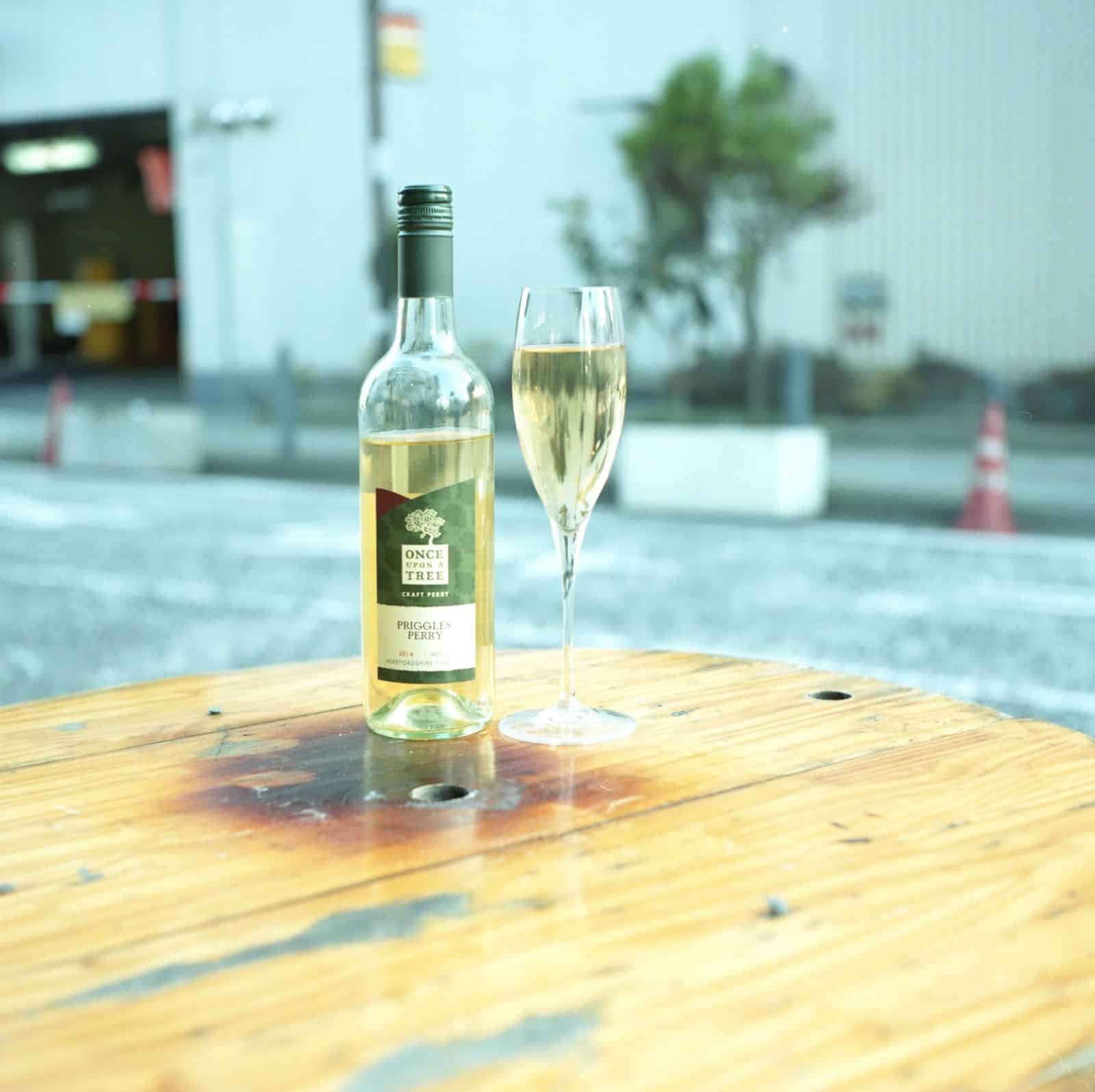
What ciders have you been drinking and especially enjoying lately?
Ross on Wye Cider blows my mind. It’s like a whole new world. Oliver’s Cider and Perry creates some serious masterpieces. And I’ll always love Eric Bordelet. Also, in Japan, Son of the Smith is creating ciders and concepts that are really special. I love the creative energy that they bring to everything that they do. They truly have their finger on the pulse of what’s new, cool, and attractive to a cider drinker like me.
Other cidermakers in Japan are equally creating exciting things. That said though, there are so many cidermakers out there that I have yet to experience. I would love to try what’s coming out of Quebec, Canada. But all cidermakers these days are doing something special. It’s nice to enjoy sophisticated things, like if you are watching some kind of serious movie starring Daniel Day Lewis or something (a favorite actor of mine), but then it’s also good to be on the other non-serious side, like watching “Dumb and Dumber” or “Spaceballs.” The middle ground, where you can enjoy everything, is a great place to be. I think that applies to ciders, and I hope to be trying them all and shooting them all for a long time to come.
Thank you so much to Jay Revelle for sharing so much with us. We can’t wait to see how this project progresses, and to catch these elegant cider portraits on our IG feed! To follow along, follow CIDER ON FILM on Instagram and its website.
